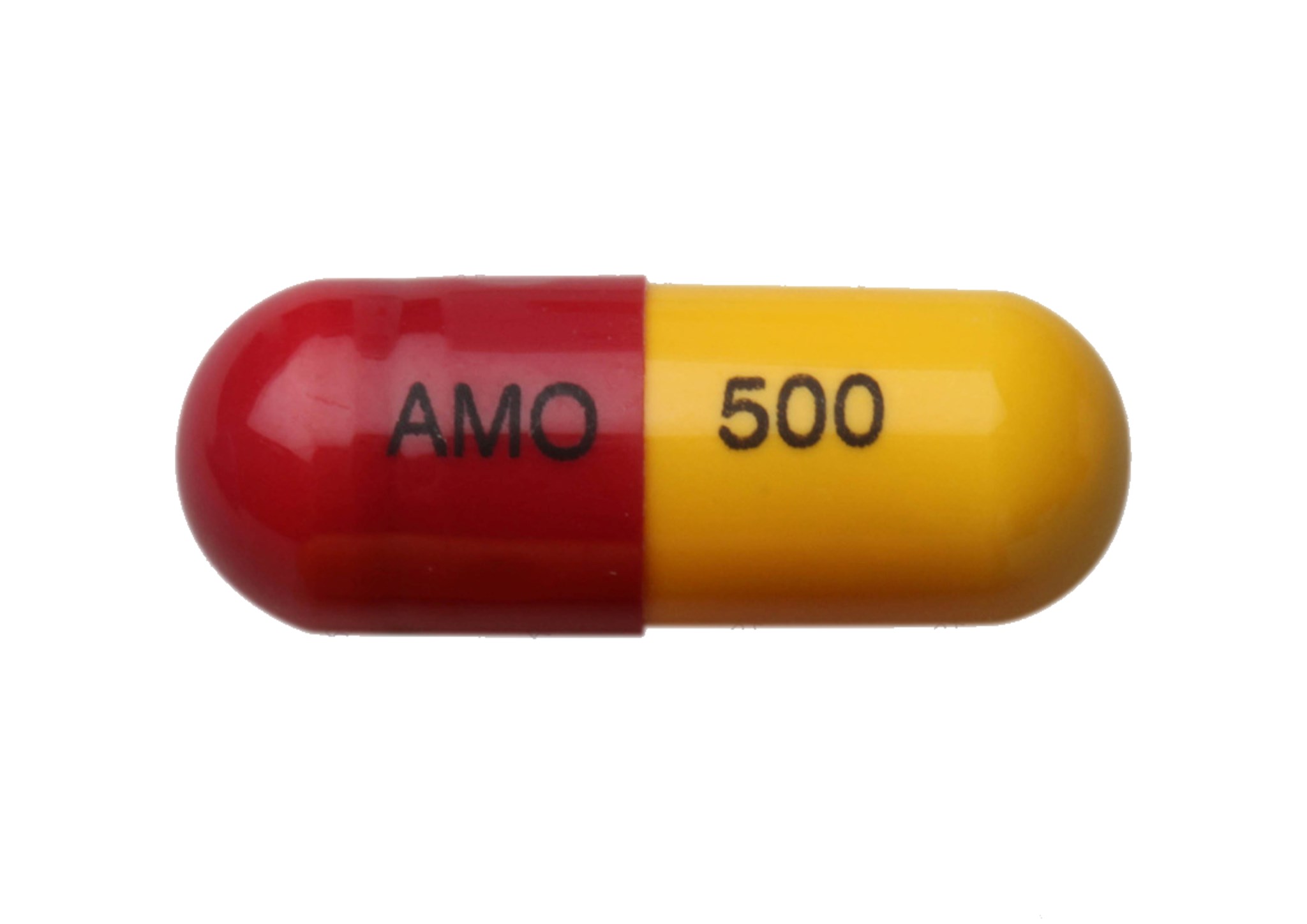
Amoxicillin: A Deep Dive into a Common Antibiotic
If you’ve ever had a bacterial infection, chances are you’ve been prescribed Amoxicillin at some point. As one of the most widely used antibiotics globally, Amoxicillin is trusted for its broad-spectrum efficacy and established safety profile. According to the U.S. National Library of Medicine, Amoxicillin is a semi-synthetic penicillin-type β-lactam antibiotic that exerts its bactericidal effect by inhibiting bacterial cell wall synthesis. But how does it really work, what should you know before using it, and why is it important to monitor its purity in pharmaceutical development?
Amoxicillin belongs to the β-lactam class of antibiotics, which includes penicillins, cephalosporins, and carbapenems. These agents target penicillin-binding proteins (PBPs)—key enzymes involved in the final stages of peptidoglycan cross-linking, a vital process in bacterial cell wall assembly. By acylating the active site of PBPs, Amoxicillin disrupts the integrity of the cell wall, leading to osmotic instability and bacterial cell lysis, particularly in actively dividing Gram-positive and some Gram-negative organisms.
Clinical use
Amoxicillin is commonly prescribed to treat a range of bacterial infections, including:
-
Acute otitis media
-
Streptococcal pharyngitis
-
Community-acquired pneumonia
-
Urinary tract infections (UTIs)
-
Sinusitis and bronchitis
-
Helicobacter pylori eradication (in combination therapy)
Its oral bioavailability (~95%) and favorable pharmacokinetic profile make it an ideal first-line therapy in both pediatric and adult populations.
Resistance and Safety Considerations
While Amoxicillin is generally safe and well-tolerated, its widespread use has contributed to the rise of β-lactamase-producing bacteria, which hydrolyze the β-lactam ring and render the drug ineffective. To counteract this, Amoxicillin is often co-formulated with Clavulanic acid, a β-lactamase inhibitor (e.g., Augmentin), to broaden its spectrum of activity.
Hypersensitivity reactions—particularly in patients with a known penicillin allergy—can range from mild rashes to life-threatening anaphylaxis. Accurate allergy history and skin testing may be recommended in ambiguous cases.
Pharmaceutical Quality and Impurity Monitoring
In pharmaceutical development, the quality and purity of Amoxicillin are critical. Impurities such as degradation products (e.g., amoxicilloic acid, diketopiperazine derivatives) and synthetic by-products must be carefully identified and quantified, especially since some impurities may be genotoxic or impact product efficacy.
Regulatory agencies like the FDA and EMA require comprehensive impurity profiling for drug substances and finished products. This includes compliance with ICH guidelines (e.g., ICH Q3A/B) and the use of validated analytical methods for quantification and stability testing.
Supporting Amoxicillin Research and Development
At Axios Research, we support pharmaceutical innovation by synthesizing high-purity reference standards of drug impurities. We have developed and offer a comprehensive portfolio of Amoxicillin impurities to support both analytical and regulatory requirements.
Here are some of our unique Amoxicillin impurity standards:
You can browse all of our Amoxicillin impurity products here: View All Amoxicillin Impurities
At Axios Research, Your Research is Our Passion. We support pharmaceutical R&D in the development of generics and novel formulations through high-purity impurity reference standards and custom synthesis services.
If you're working on Amoxicillin formulations or analytical testing, our impurity standards are designed to meet your regulatory and scientific needs.





